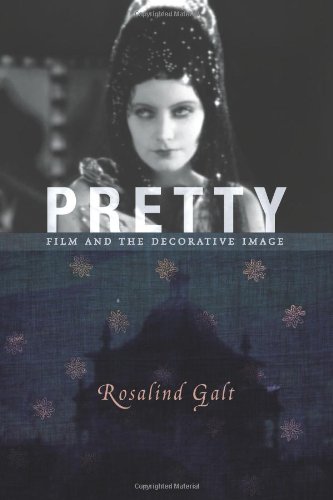

Most ebook files are in PDF format, so you can easily read them using various software such as Foxit Reader or directly on the Google Chrome browser.
Some ebook files are released by publishers in other formats such as .awz, .mobi, .epub, .fb2, etc. You may need to install specific software to read these formats on mobile/PC, such as Calibre.
Please read the tutorial at this link: https://ebookbell.com/faq
We offer FREE conversion to the popular formats you request; however, this may take some time. Therefore, right after payment, please email us, and we will try to provide the service as quickly as possible.
For some exceptional file formats or broken links (if any), please refrain from opening any disputes. Instead, email us first, and we will try to assist within a maximum of 6 hours.
EbookBell Team

0.0
0 reviewsFilm culture often rejects visually rich images, treating simplicity, austerity, or even ugliness as the more provocative, political, and truly cinematic choice. Cinema may challenge traditional ideas of art, but its opposition to the decorative represents a long-standing Western aesthetic bias against feminine cosmetics, Oriental effeminacy, and primitive ornament. Inheriting this patriarchal, colonial perspective—which treats decorative style as foreign or sexually perverse—filmmakers, critics, and theorists have often denigrated colorful, picturesque, and richly patterned visions in cinema.
Condemning the exclusion of the "pretty" from masculine film culture, Rosalind Galt reevaluates received ideas about the decorative impulse from early film criticism to classical and postclassical film theory. The pretty embodies lush visuality, dense mise-en-scène, painterly framing, and arabesque camera movements-styles increasingly central to world cinema. From European art cinema to the films of Wong Kar-wai and Santosh Sivan, from the experimental films of Derek Jarman to the popular pleasures of Moulin Rouge!, the pretty is a vital element of contemporary cinema, communicating distinct sexual and political identities. Inverting the logic of anti-pretty thought, Galt firmly establishes the decorative image as a queer aesthetic, uniquely able to figure cinema's perverse pleasures and cross-cultural encounters. Creating her own critical tapestry from perspectives in art theory, film theory, and philosophy, Galt reclaims prettiness as a radically transgressive style, shimmering with threads of political agency.